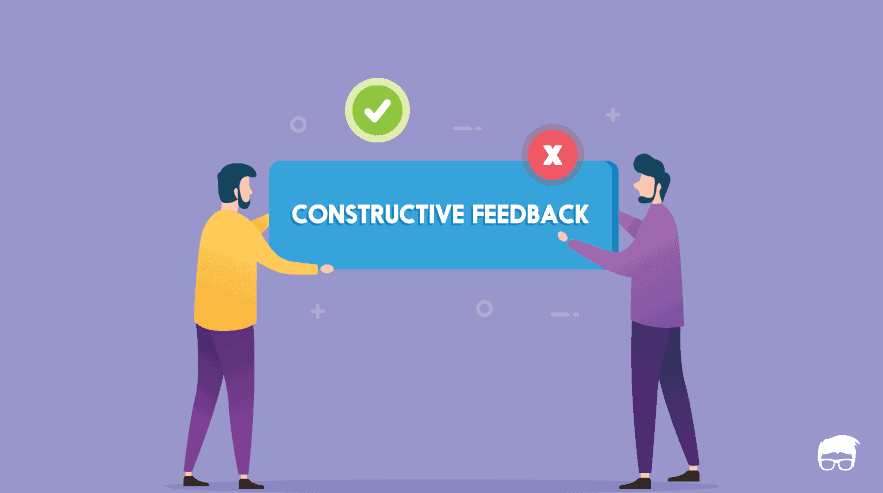In his book "Hidden Potential", Adam Grant emphasizes the important role of teachers and how the quality of one's teachers and mentors - those who can make learning fun and inspire them, especially at younger age - are a major factor for long-term success.
"It’s easy for people to be critics or cheerleaders. It’s harder to get them to be coaches. A critic sees your weaknesses and attacks your worst self. A cheerleader sees your strengths and celebrates your best self. A coach sees your potential and helps you become a better version of yourself."
No matter which stage we are in, in our professional journey, personal lives, and even in our religious spiritual growth, there is huge value in having strong aides, teachers, coaches and mentors by our side.
Question is, what kind of teachers or coaches should we seek?
In his book "Ta'zim Al-Ilm" (translated as 'Magnifying Knowledge'), Sheikh Saleh Al-Usoymi emphasizes that for us to effectively seek knowledge, choose teachers that will add value to you and intends good for you, who has the following qualities:
1. Able to Benefit you - he has the right capability and an expert in that knowledge, known to his community as a seeker of knowledge, and is known to learn from credible teachers
2. One who is genuine (النَّصيحة) i.e. who cares for you desires good for you.
3. The teacher has exemplary character qualities that are make him a suitable role model for us to emulate, and
4. Has experience and understanding on the various methods of teaching and communication, applying wisdom of the right approach according to the context and level of understanding of his students. He is therefore able to effectively implant understanding for subject matter of which the student has no prior understanding. With empathy, the teacher knows what is good for his student, and what harms them, knowing how to effectively prioritize knowledge and sequence them to suit their learning conditions.
Interestingly, this has many parallels with the three qualities that Adam Grant lists down, as "which sources to trust":
1. Care ,
2. Credibility , and
3. Familiarity
When all these elements combine, the chemistry converges into a wholesome experience that can really supercharge our growth and learning journey.
Of course, we don't always have the privilege to choose our teachers, especially if we join a large class and don't have that privilege of having personalized familiarity, or even background of our coach's credentials. The benefit of this is having insight to understand and appreciate the potential learning limitations (and perhaps why we feel stuck), and therefore find solutions how we can supplement them, substitute or find alternatives if necessary.
What do you think? Do you have the privilege of having access to these kinds of teachers, coaches and/or mentors? Any other important considerations?



